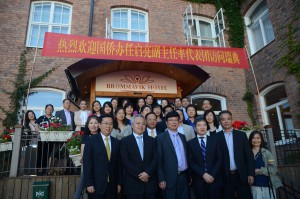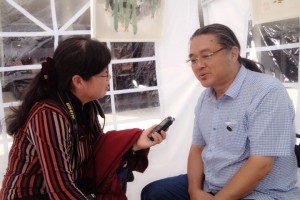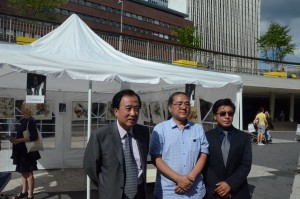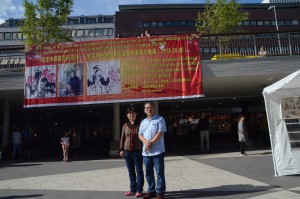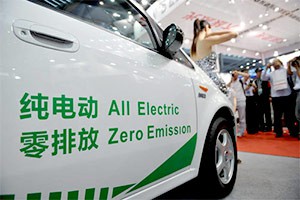SHANGHAI, Aug. 12 (Greenpost) — China’s renminbi extended its sharp drop against the U.S. dollar on Wednesday from the previous day, but exporters say a weakened yuan has a limited effect on their business.
The official guidance rate of the Chinese currency shed 1.6 percent, or 1,008 basis points, on Wednesday, following Tuesday’s sharp fall of 1.9 percent.
Such a sharp decline against the greenback is unusual for the Chinese currency, which has been moving within a narrow range this year despite a firming dollar on expectations of the U.S. Federal Reserve’s rate hikes.
Analysts have largely attributed the correction in the exchange rate to China’s response to the IMF’s call for the currency to better reflect market forces, but the yuan’s weakening came on the heels of weak July export data. Yet exporters have shown a mixed response to the yuan’s drop in value.
“The depreciation does benefit Chinese exports, but to a limited effect.” said Liang Hong, chief economist at China International Capital Corporation.
Liang said that the depreciation that came as a result of tweaking the formation of the renminbi’s central parity rate will only marginally relieve the pressure on growth brought by slowing exports.
China’s July exports slid 8.3 percent from a year ago, far below the street consensus of -1.5 percent.
“The depreciation will boost confidence among exporters after the sluggish July export data,” said Lu Dong, deputy manager at the Shanghai branch of China Export & Credit Insurance Corp. “But that is not the purpose for the yuan’s slide and it won’t be the start of massive depreciation against the dollar.”
According to Julian Evans-Pritchard, China economist at Capital Economics, the change in how the reference rate is set is primarily intended as a move toward greater liberalization of the foreign exchange market ahead of the IMF’s decision about whether or not to include the renminbi in the SDR basket.
Though the yuan has depreciated significantly against the dollar, the drop in value is not as pronounced compared to other currencies.
Still, the yuan’s largest single day drop in almost two decades has some exporters cheering.
“Nothing makes me happier than seeing the yuan weaken against the dollar,” said Jiang Zhencheng, general manager of Shanghai Tianmao Stationary Co. Ltd.
“A strong yuan has blunted our competitiveness in the international market. The correction is such a relief for us as the United States is our key market,” Jiang said.
“The depreciation will benefit textiles and light industry as the two sectors in China are very export-oriented,” said CITIC analyst Ju Xinghai.
However, the actual positive impact of the depreciation is not as much as in theory because change in the exchange rate will lead to price adjustment, Ju added.
“The devaluation of the renminbi does work to our advantage. However, as a weaker yuan pushes up trade volume, our export price will also have to readjust,” said Li Qi, director of production at Licheng Clothing Group.
“Even if we don’t, our overseas clients will demand it anyway,” Li said. Enditem

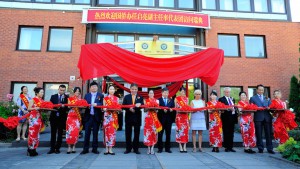
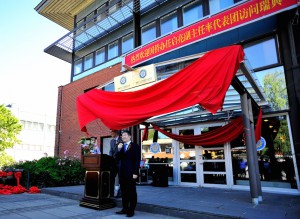
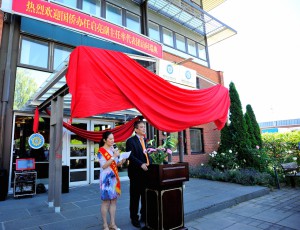
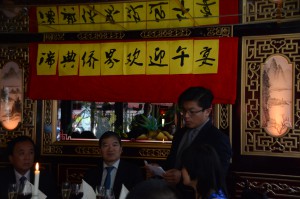
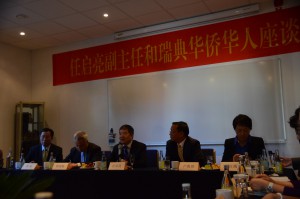 Ren said the main purpose for his visit to Sweden is to greet the Chinese and listen to Chinese voices about their difficulties and needs.
Ren said the main purpose for his visit to Sweden is to greet the Chinese and listen to Chinese voices about their difficulties and needs.